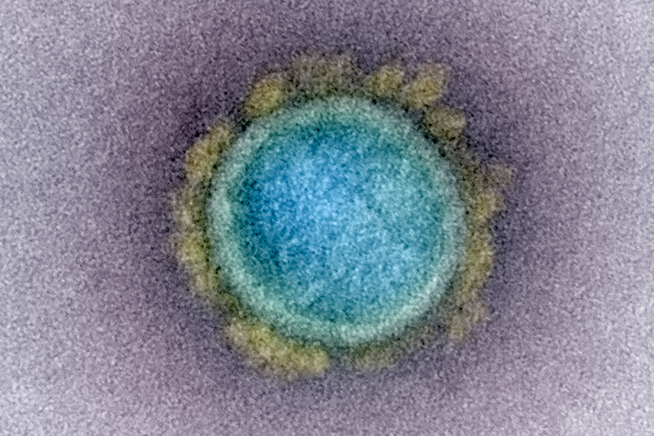
Heather Catt, University of Manchester and Arpana Verma, University of Manchester
There is no known treatment for COVID-19 and early clinical trial results of repurposed drugs have so far been disappointing.
A trial for hydroxychloroquine – a drug that the US president, Donald Trump, described as a “game changer” – was recently paused by the World Health Organization (WHO) for reasons of safety. And while the antiviral drug remdesivir has been approved for emergency use in some countries, its results are modest, reducing the period of sickness by around 30% but having no proven effect on preventing death. And a just-published clinical trial of blood plasma used to treat patients with severe or life-threatening COVID-19 found that it did not help patients get better any quicker compared with standard therapy.
Of course, vaccines still offer some hope. There are ten vaccines in clinical trials and 123 in pre-clinical trials. But there are many hurdles still to overcome before we have a safe vaccine that provides lasting immunity – one that can be rolled out to billions of people worldwide.
We have to steel ourselves for the chance that no safe and effective vaccine or treatment will emerge. We may simply have to learn to live with COVID-19. But what will this life look like?
Worsening physical and mental health
There will probably be peaks and troughs in infection, with a seasonal pattern and localised outbreaks that need a more nuanced response than the current blunt instrument of countrywide lockdowns.
To date, 6.5 million cases of COVID-19 have been recorded worldwide. This shows that the vast majority of people have not been exposed to the novel coronavirus, and we are a very long way from achieving herd immunity. Herd immunity would require about 60% of the global population of 7.58 billion people having immunity, so around 4.55 billion people. At this point, scientists aren’t even sure how long immunity will last.
An ongoing pandemic could worsen health inequality both within and between nations in several ways. Developing countries may be less able to control outbreaks and countries’ leaders will need to work together to contain the global spread of the virus.
Coronavirus control measures could disrupt other public health interventions, such as child immunisations, which may create outbreaks of other communicable diseases. Concerns have already been raised about increasing numbers of cases of diptheria, cholera, measles and polio, the latter of which was on its way to eradication.
Non-communicable diseases are also a worry. Several countries have seen a drop in the number of people going to hospital for emergencies, such as heart attack and stroke. And diagnosis and treatment of cancer may continue to be delayed as doctors try to balance the risk of delayed treatment against contracting COVID-19 during treatment. Delays in accessing and receiving treatment for non-communicable diseases is likely to cause longer-term poor health and early deaths.
If the Sars outbreak is anything to go by, there will probably be a massive spike in mental health disorders as a result of the COVID-19 outbreak. Authors of a four-year follow-up study of Sars survivors described the pandemic as a mental health catastrophe and biological disaster with effects similar to other major disasters.
Survivors of the Sars outbreak experienced high levels of mental illness and post-traumatic stress disorder due to a combination of factors, including long periods spent in isolation from family and friends, extreme uncertainty and the threat to life during their illness.
Social and economic effects
The social and wider economic cost of the pandemic is likely to dwarf the health cost. Without a vaccine, social distancing will continue, with different control measures in different countries. The impact of control measures will not be equitable across groups – being more advantageous to the young and healthy. However, the young will face a great impact from the looming worldwide recession and resultant job losses. Close links between poverty and health suggest damage to longer-term population health.
For those who are employed, work as it was pre-COVID-19, will not continue. Home working is becoming entrenched, but mainly among white-collar workers in wealthy countries. Most blue-collar workers will have to go to their place of work, using the relevant PPE and observing social-distancing measures. There is a known socio-economic patterning to health, which means that those with the worst health will have the greatest exposure to COVID-19.
The pandemic is also likely to affect education. Social distancing requirements may restrict access to education through smaller class sizes and staggered attendance. The links between education and health are tightly coupled. Any reduction in the quality or quantity of education could have a significant effect on the lives of this generation of children and young people.
The discussion by governments and the media about measures to control COVID-19 has focused on trade-offs between the health of the population and the health of the economy. And also between the freedom of all groups and the need to protect the lives of the few who face the greatest risk from the disease.
The discussion of these trade-offs is likely to continue as time goes on without a vaccine or effective treatment. But the balance may shift. The public and governments may become less and less willing to accept the harm being done to the economy by continued restrictions to life placed on the majority of people. We are likely to see a shift of emphasis – one that favours the economy and isolating at-risk groups to allow the majority of the population at lower risk of severe disease to carry on with life.
Heather Catt, Clinical Lecturer in Public Health, University of Manchester and Arpana Verma, Clinical Professor, University of Manchester
This article is republished from The Conversation under a Creative Commons license. Read the original article.


